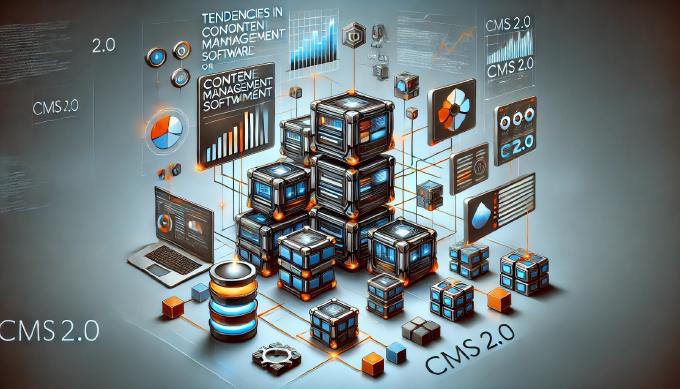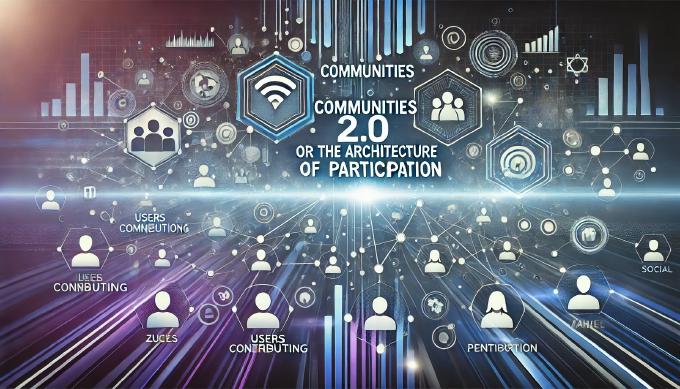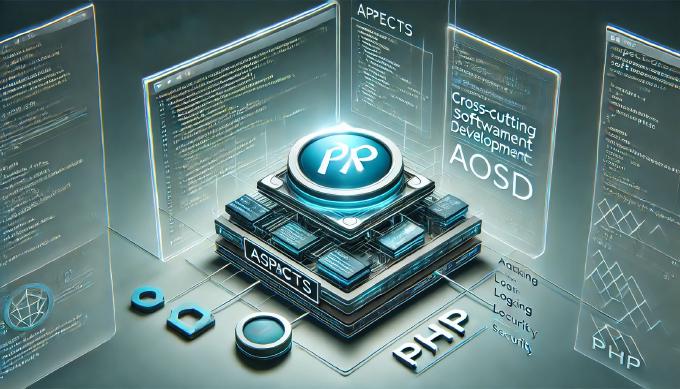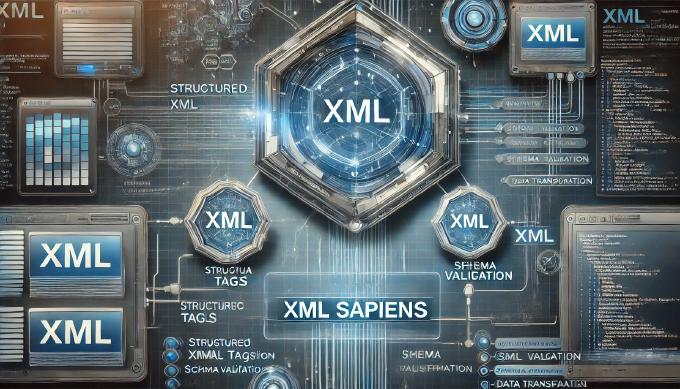Sapid CMF reload

Eventually I reincarnated my personal site using alpha version of Sapid CMF 2. I’m still in progress refining the CMS release, but actually the only what I brought from old version is its name. So, what is going to be? First of all that’s a new explicit architecture. According to the request dispatcher finds controller. The controller using services prepares data for the view. Services access raw data via DAOs, which respectively use DTOs(Data Transfer Objects).











